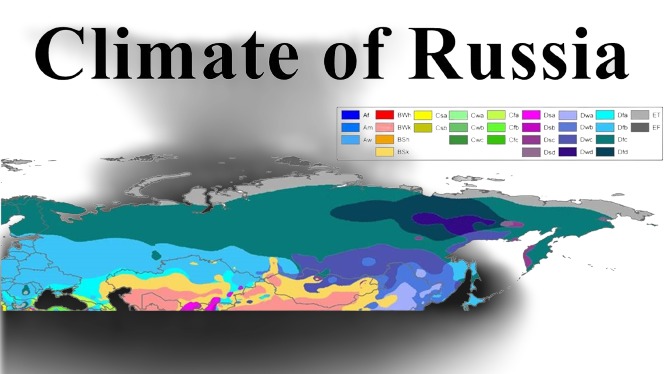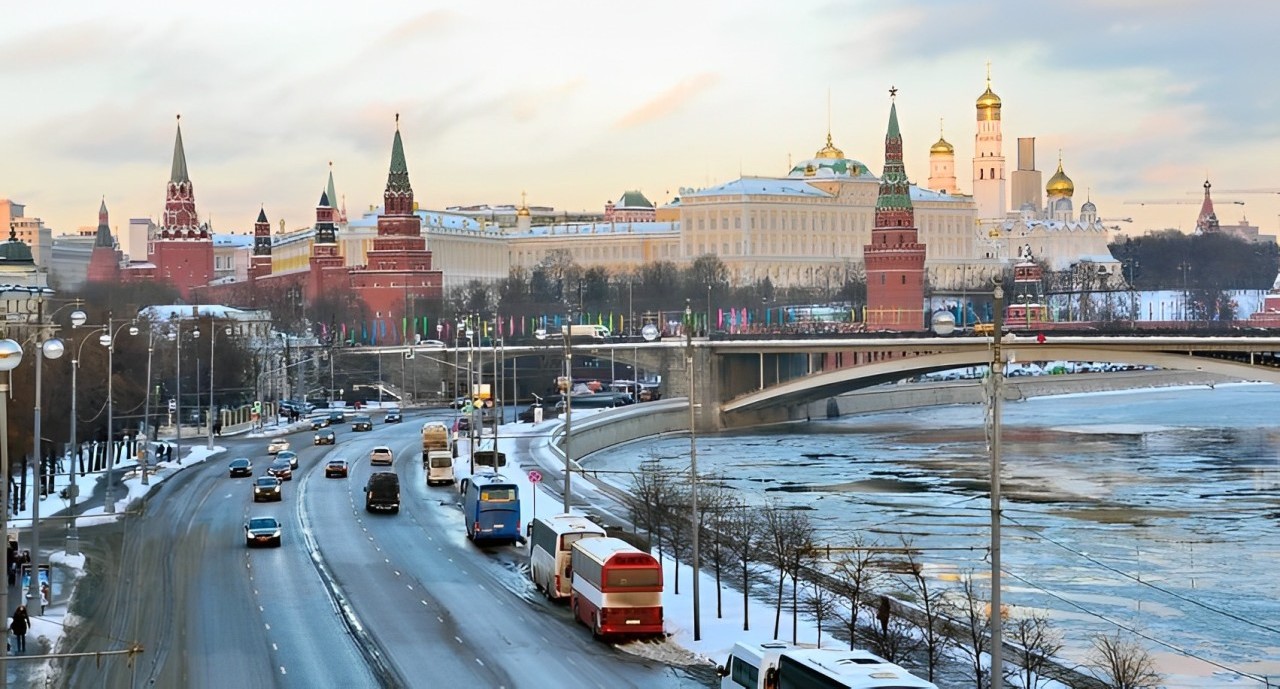Sai Overseas Medtrust
The Geography of Russia
Russia is known to be the biggest country on the planet having 1/eighth of the whole world's territory region. The arid, stormy, and cold Siberian desert, which can be found on the eastern side of Russia, east of the Ural Mountains, is another feature of Russian geography that is well-known.
Russia has several other highland areas in addition to the Ural Mountains. Particularly, the volcanic highlands of the Kamchatka Peninsula in far eastern Russia and the Caucasus Mountain range, which form the border between Russia and Southwest Asia. The west of Russia typically has more mountains than the east, which mostly consists of low-elevation plains.

Why is it so cold in Russia?
The climate is more temperate in the cities of Russia, which are west of the Ural Mountains and south of the Arctic Circle. Over 80% of the country's population lives in the region. Moscow has cold winters despite high summer temperatures. Arctic winds have the ability to penetrate deeply into the interior because the northern coasts lack mountains.
It runs almost north-south between the 62nd and 66th degrees of longitude and offers no protection from the Arctic’s cold air masses. It is still a subarctic climate in the regions further east and south near Irkutsk, close to Mongolia, with winter temperatures as low as -30 degrees. But at the same time, the city is on the 52nd degree of longitude and at the same altitude as Central Europe.

Average Climate
Russia's climate is influenced by a number of key factors. The nation is found exceptionally far north concerning its latitudinal position, importance its position comparative with the equator. In general, the temperature drops as you get closer to the equator. There is areas of strength for a west arrangement among Russia's significant biomes because of this latitudinal impact.
The climate of Russia is also influenced by its location on the continent. Environments that show a mainland environment will generally be close to the focal point of a landmass away from water bodies and are described by additional outrageous temperatures because of drier air. Air temperature is better controlled and absorbed by water than by land. In areas away from the water, the winter can be very cold, and the summer is very hot and there isn't much rain. A third significant factor that influences Russia's climate is elevation.
Due to their high elevation, the Ural Mountains are depicted on a biome map of Russia as an alpine tundra region.

